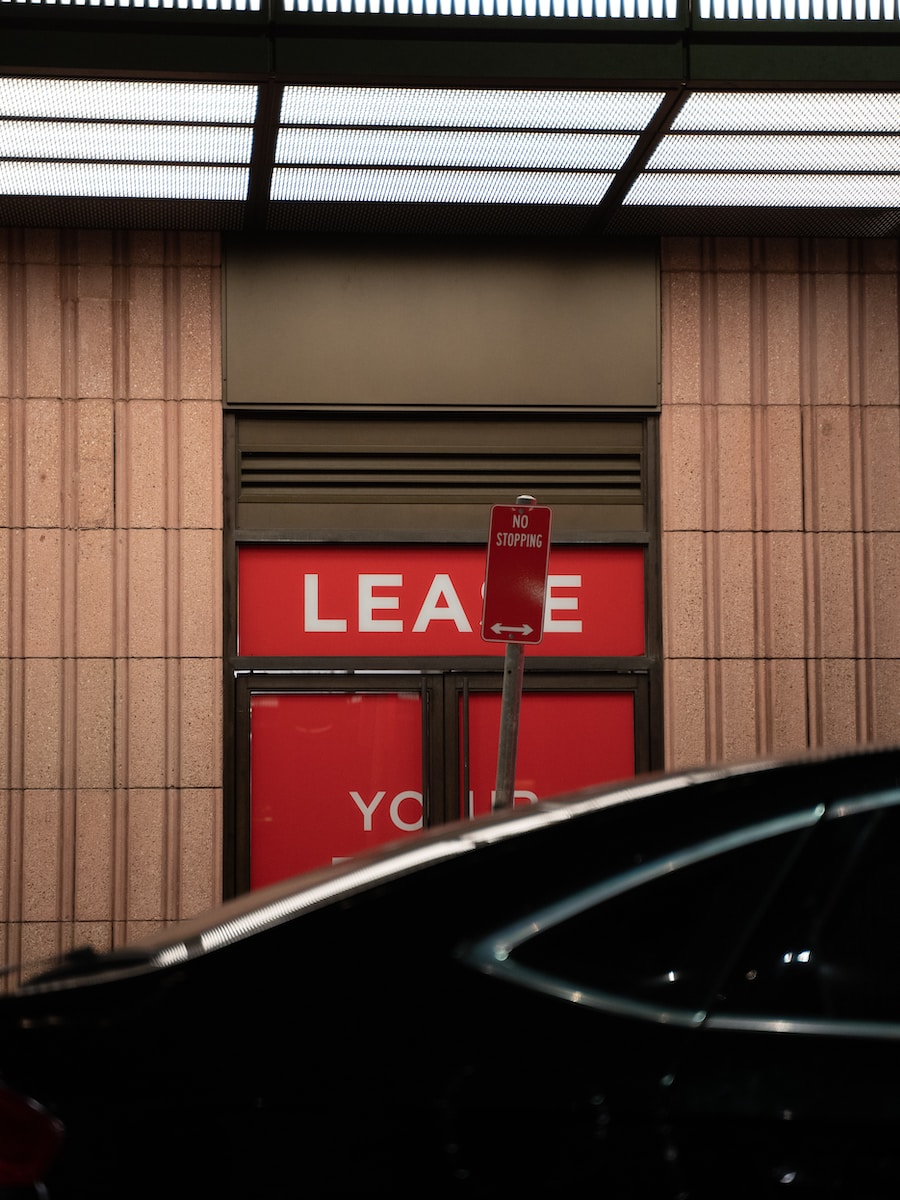- Leases can be a useful source of finance for businesses looking to acquire assets, such as machinery, vehicles or property.
- A lease involves renting an asset for a specified period in return for regular payments, which can be a cost-effective alternative to buying the asset outright.
Features of leases as a source of finance:
- Access to high-value assets: Leases can provide access to high-value assets that may be too expensive for a business to purchase outright.
- Lower upfront costs: Leases typically require lower upfront costs than buying an asset outright, making it easier for businesses to manage their cash flow.
- Fixed payments: Lease payments are usually fixed, making it easier for businesses to budget and plan for the future.
- Flexible terms: Leases can be structured to suit the needs of the business, such as the length of the lease and the payment schedule.
- No depreciation risk: With a lease, the lessor bears the risk of any depreciation in the value of the asset, which can be a significant advantage for businesses.
Situations where leases may be appropriate:
- When the business needs access to high-value assets, such as construction equipment or specialized machinery.
- When the business wants to avoid the upfront costs associated with purchasing an asset outright.
- When the business requires flexibility in terms of the length of the lease or payment schedule.
Benefits of leases as a source of finance:
- Cash flow management: Leases can help businesses manage their cash flow by spreading the cost of the asset over the lease term.
- Access to high-value assets: Leases provide access to high-value assets that may not be affordable to purchase outright.
- No depreciation risk: With a lease, the lessor bears the risk of any depreciation in the value of the asset.
- Tax benefits: Lease payments can be tax-deductible, reducing the overall cost of the asset.
- No collateral required: In most cases, leases do not require collateral, which can be beneficial for businesses that do not have assets to offer as security.
Drawbacks of leases as a source of finance:
- Higher total cost: Leasing an asset can be more expensive than buying it outright in the long run.
- No ownership: With a lease, the business does not own the asset, which can limit its ability to use the asset as collateral or sell it if necessary.
- Restrictions on use: Leases may come with restrictions on how the asset can be used, which can limit the flexibility of the business.
- Possible penalties for early termination: If the business terminates the lease early, it may be required to pay penalties or fees.
- Dependence on the lessor: The business is dependent on the lessor to maintain and repair the asset, which can be a risk if the lessor is not reliable or goes out of business.




